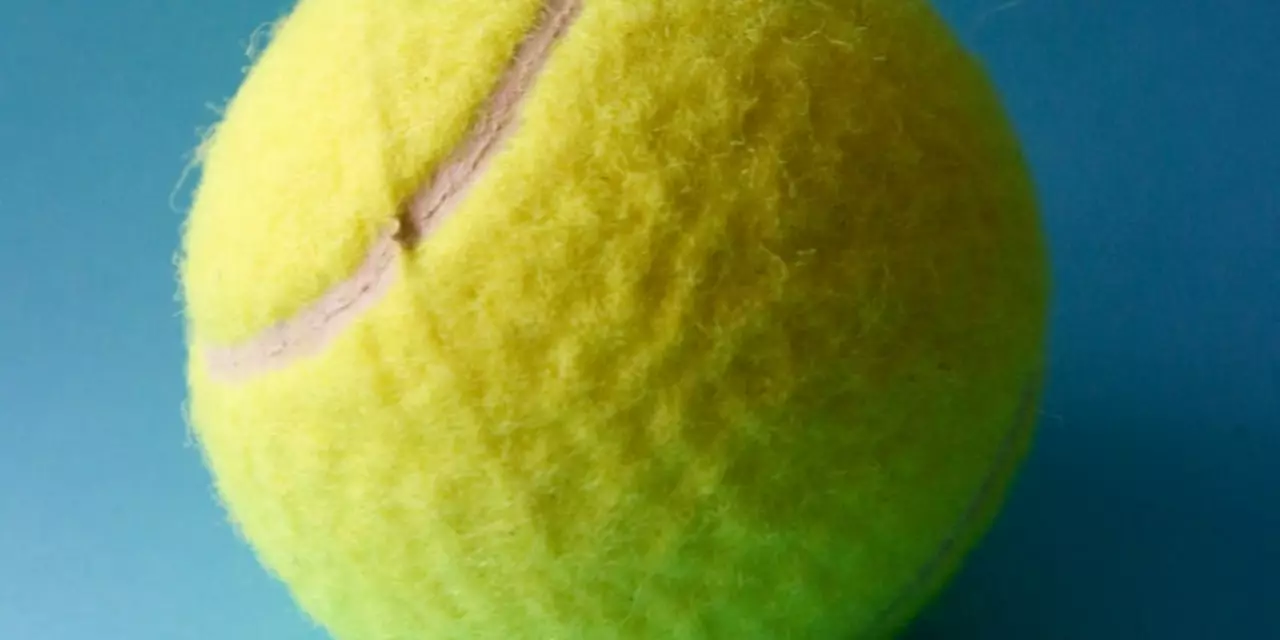Spin: Master the Art of Spin in Tennis and Beyond
Ever wondered why the best players can make the ball dip, bounce high, or curl away from their opponent? The secret is spin. Adding spin to your shots gives you control, depth, and a way to force errors. Whether you’re a beginner on the local courts or a regular at county tournaments, a few simple adjustments can turn flat hits into weapons.
Why Spin Matters on the Court
Spin changes the ball’s flight path and bounce. A heavy topspin shot drops faster, letting you hit high over the net while keeping the ball inside the baseline. Slice, on the other hand, skids low and stays out of reach for opponents who love to attack. Both variations open up the rally, create angles, and give you time to recover for the next shot. In a fast‑pace game, the ability to vary spin can be the difference between a predictable rally and a winning point.
Practical Tips to Add Spin to Your Shots
1. Grip it right. For topspin, use the semi‑western or western grip – it lets the racket face close under the ball. For slice, a continental grip provides the clean, open face you need.
2. Brush, don’t smack. Think of the racket as a paintbrush, not a hammer. Drag the strings across the ball for topspin, or sweep across the back for slice. A smooth, upward brushing motion adds rotation without sacrificing power.
3. Use your legs. Power comes from the ground up. Bend your knees, push off, and rotate your hips as you swing. The kinetic chain transfers energy to the racket, making the brush action more effective.
4. Practice the “shadow swing”. Stand without a ball and mimic the motion. Focus on the racket path and wrist snap. Doing this for a few minutes each day builds muscle memory.
5. Drill with targets. Set up cones or hoops at different spots on the court. Aim for deep topspin to the backhand corner or slice to the service line. Repeating these drills under pressure helps you trust the spin in match play.
Outside tennis, spin shows up in cricket (think of a well‑bowled leg spinner) and even in table tennis. The physics are the same: friction between the ball and the racket or bat creates rotation. If you already enjoy watching a spin bowler in the Asia Cup, you’ll appreciate how similar principles work on a tennis forehand.
Remember, you don’t need to master every spin variation overnight. Pick one—perhaps a reliable topspin forehand—perfect it, then add slice to your backhand. Consistency beats flashy, inconsistent tricks.
Finally, watch local matches at Gloucestershire clubs. Notice how players use spin to finish points on grass versus clay. Adapt those observations to your own practice sessions, and you’ll see improvement faster than you expect.
Spin is a tool, not a trick. Use the right grip, brush the ball, engage your whole body, and rehearse with purpose. Soon you’ll have a more versatile game that keeps opponents guessing and your own confidence soaring.
Tennis Tips and Techniques

How do you put spin on a tennis ball?
Spin is an essential element of modern tennis, allowing players to hit the ball with more control and power. It is created by brushing the ball with the racket strings and is determined by the angle of the racket face, racket speed, and contact point on the ball. Adding spin to a tennis ball requires a combination of the correct technique, timing, and practice. To properly put spin on the ball, players should use a continental grip and make contact with the ball during their swing's upward motion. They should also use a brushing motion and rotate their wrist to create a topspin or slice. With practice and experience, players can perfect their spin technique and use it to their advantage.